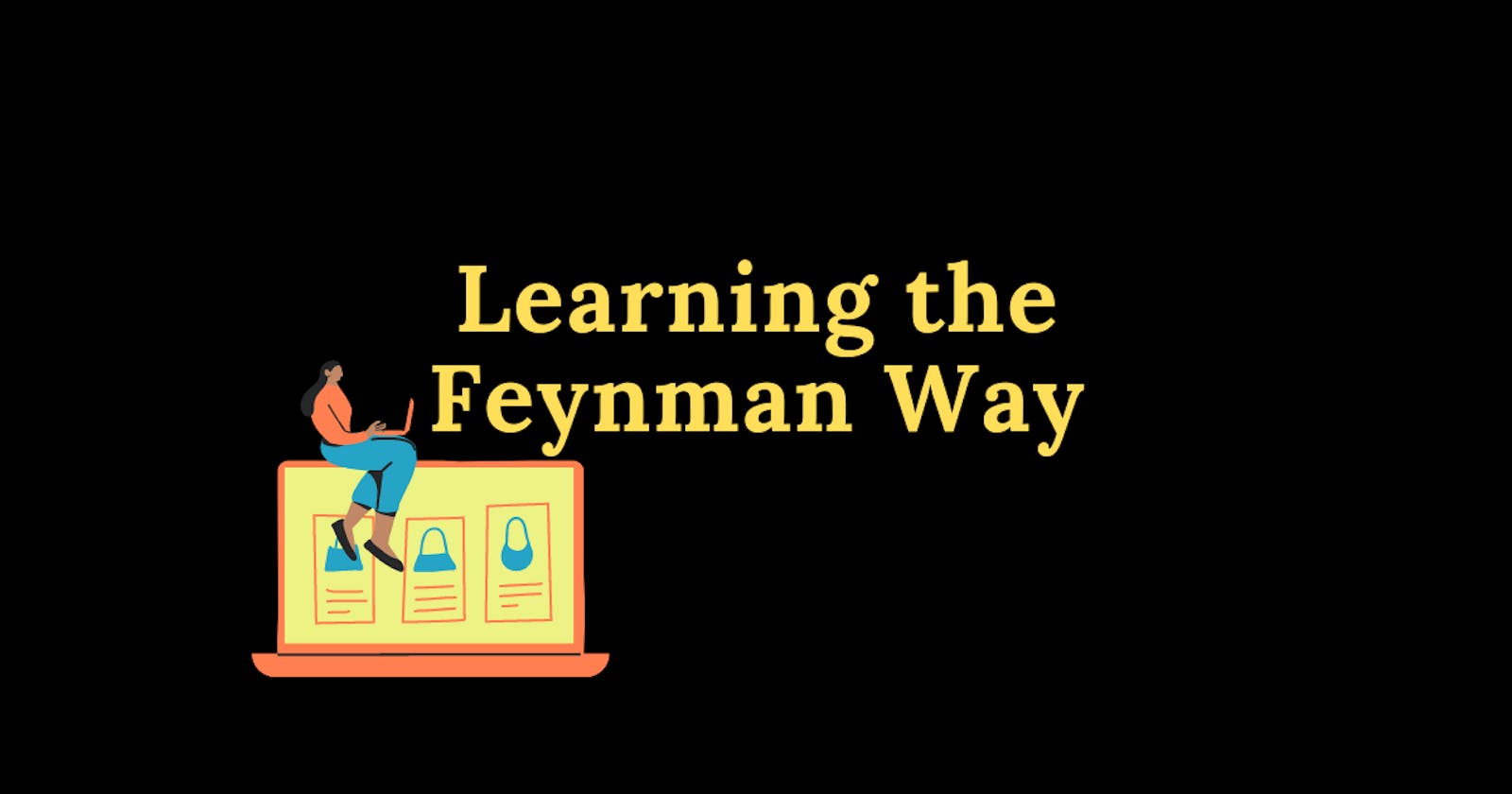Table of contents
Learning has been a core essential. People in society grow in knowledge by learning new things and applying them to solve real-life problems in our everyday world but there have been flaws with how students or individuals learn new things which gave birth to the Feynman learning technique.
The Feynman learning technique is basically a way of learning new things effectively.
The learning flaws have had students learn by memorizing just to pass exams and hence become half-baked graduates or less ready for real-world challenges because they did not learn to understand but rather learn to pass their exams and hence; they're faced with real-life problems they're unable to face or solve.
The Feynman learning technique helps to solve this problem by helping to approach new information with the aim of understanding it seamlessly.
Feynman Learning Technique
Basically, there are four feynman learning steps by Richard feyman which are:
- Pretend to teach a topic to a student in primary school
- Check for loopholes in your explanations. Revise from the source repetitively.
- Simplify what you have learned.
- Share the learned knowledge to boost your understanding.
1. Pretend to teach a topic to a student in primary school
One of the very effective steps to learn is to pretend to teach a lower class students in primary school for example, who have basic comprehension knowledge. You can commence by taking a sheet of paper or notebook, writing down a topic and explaining the topic to the primary student with an easy-to-comprehend vocabulary.
One of the challenges with learning is when unnecessary complex vocabularies are used to teach or explain simple terms which complicate the whole learning and understanding process.
When easy-to-understand vocabularies are used to explain a particular topic to a kid, you not only break down the complex topic for the kid to understand, but you also help yourself better understand the topic in simpler terms.
If there are no kids in sight to whom you can explain a topic, in order to bolster your own understanding of the topic. You can get a rubber artificial animal toy and talk about the topic to it like you are explaining to a kid in simple English. You will realize that your knowledge quotient on the topic will continue to rise as you find better and simpler ways to explain it.
2. Check for loopholes in your explanations. Revise from the source repetitively.
Once you're done with Step 1 and you notice you have a few challenges in trying to understand some points or sections of the topic which you tried to explain to someone. You can go back to the source materials to un-learn and re-learn the topic. You can also try lay your hands on other sources to give you a different perspective of the topic to learn better.
The moment you are able to overcome using complex vocabularies to explain a topic to anyone by using simple terms that can be re-arranged in anyway you deem fit that explains the topic relative to any situation, you have conquered the learning maestro. Document your learning in a notebook to be used to read out or explain to anyone to bolster your understanding.
3. Simplify what you have learned.
Now that you have gone through step 2 and have a note or summary of the topic you wrote about the topic. You can read out loud what you have learned and documented. If it sounds easy for you to understand everything you have read, you're on the right track. But if you do not understand some concepts in the documented note you read out loud, repeat step 2 over and over again.
If this process is repeated continuosly, you will realize how much you've learned over a few months with so many topics in your documented note that you can explain to a primary school student and they will understand each and every bit of it.
4. Share the learned knowledge to boost your understanding. This is optional but also essential. After going through step 3, it is only imperative to share what you have learned and documented with someone who has a bit of knowledge of the topic and someone else who does not.
Read the topic note out loud to both audiences and ask for a feedback. Their feedback will help you know if your knowledge quotient is sufficient enough in that topic. When someone wants to share a concept to you and you do not understand, you can ask them to explain it to you like they would explain to a kid. This will help boost their understanding of the topic as well as yours.
